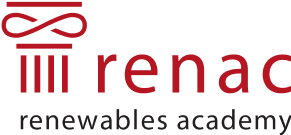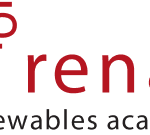This website uses cookies so that we can provide you with the best user experience possible. Cookie information is stored in your browser and performs functions such as recognising you when you return to our website and helping our team to understand which sections of the website you find most interesting and useful.

Power-to-X: Applications and Cost Development
- Hydrogen & PtX, Power system planning
Learn how sector coupling and power-to-x technologies can create integrated energy systems. This course covers the opportunities, barriers, costs, and applications of linking sectors to lower emissions.
€240 excl. VAT
- 19% VAT: private customers resident in the EU, companies/ public organisations and NGOs in Germany
- No VAT: private customers resident outside the EU, companies/ public organisations and NGOs outside Germany
1 month
About 25 hours
English
Online
01/07/2023
03/07/2023
Description
Description
Global power generation is increasingly based on renewable energy, with rising shares of electricity from PV and wind power plants included in the generation mix. However, CO2 emissions from the heating and cooling sector, from passenger and freight transport, and from industrial appliances, remain high. In these sectors, emissions reductions have been relatively limited.
The concept of sector coupling, refers to using electricity to provide heating/cooling, mobility and energy for certain industrial applications, and is seen as a promising solution that could provide appropriate forms of energy and industrial feedstocks with lower emissions for these sectors.
This course focuses on:
- Sector coupling
- Direct electrification in the heating and cooling sector
- Direct electrification in the transport sector
- Indirect use of electricity
- Regulatory framework
Receive a reminder one week before the registration deadline.
Learning Objectives
Learning objectives
After completing this course, you should be able to:
- explain the purpose of the concept of sector coupling as well as the opportunities and challenges associated with it; and
- compare the available technologies for sector coupling in the heating and cooling sector and in the transport sector, and be aware of generally expected future developments regarding technological options and costs.
Target Groups
Target groups
This course is suitable for those whom:
- want to gain an overview of what power-to-X means for different sectors and how these sectors developed; or
- would like to develop grid integration strategies for renewable energy and understand cost trends of power-to-X.
RENAC certificate upon successful completion of the course for participants who score 70% or higher on the exam.
Features
Features
Flexibility to study at any time and from any location
Moderated discussion forum for students
Multimedia learning materials
RENAC certificate upon successful completion of the training
We offer discounts for our alumni, group bookings, and multiple purchases. Contact us for further details.
Contact with learning facilitators
Self-assessments
Certification
Additional Information
Lecturers
Lecturers
There aren't any lecturers in this training.
-
Description
-
Learning Objectives
-
Target Groups
-
Features
-
Lecturers
Description
Global power generation is increasingly based on renewable energy, with rising shares of electricity from PV and wind power plants included in the generation mix. However, CO2 emissions from the heating and cooling sector, from passenger and freight transport, and from industrial appliances, remain high. In these sectors, emissions reductions have been relatively limited.
The concept of sector coupling, refers to using electricity to provide heating/cooling, mobility and energy for certain industrial applications, and is seen as a promising solution that could provide appropriate forms of energy and industrial feedstocks with lower emissions for these sectors.
This course focuses on:
- Sector coupling
- Direct electrification in the heating and cooling sector
- Direct electrification in the transport sector
- Indirect use of electricity
- Regulatory framework
Receive a reminder one week before the registration deadline.
Learning objectives
After completing this course, you should be able to:
- explain the purpose of the concept of sector coupling as well as the opportunities and challenges associated with it; and
- compare the available technologies for sector coupling in the heating and cooling sector and in the transport sector, and be aware of generally expected future developments regarding technological options and costs.
Target groups
This course is suitable for those whom:
- want to gain an overview of what power-to-X means for different sectors and how these sectors developed; or
- would like to develop grid integration strategies for renewable energy and understand cost trends of power-to-X.
RENAC certificate upon successful completion of the course for participants who score 70% or higher on the exam.
Features
Flexibility to study at any time and from any location
Moderated discussion forum for students
Multimedia learning materials
RENAC certificate upon successful completion of the training
We offer discounts for our alumni, group bookings, and multiple purchases. Contact us for further details.
Contact with learning facilitators
Self-assessments
Certification
Additional Information
Lecturers
There aren't any lecturers in this training.
Testimonials
Very good, full satisfaction and the complete training were well designed.
Interested in RENAC trainings?
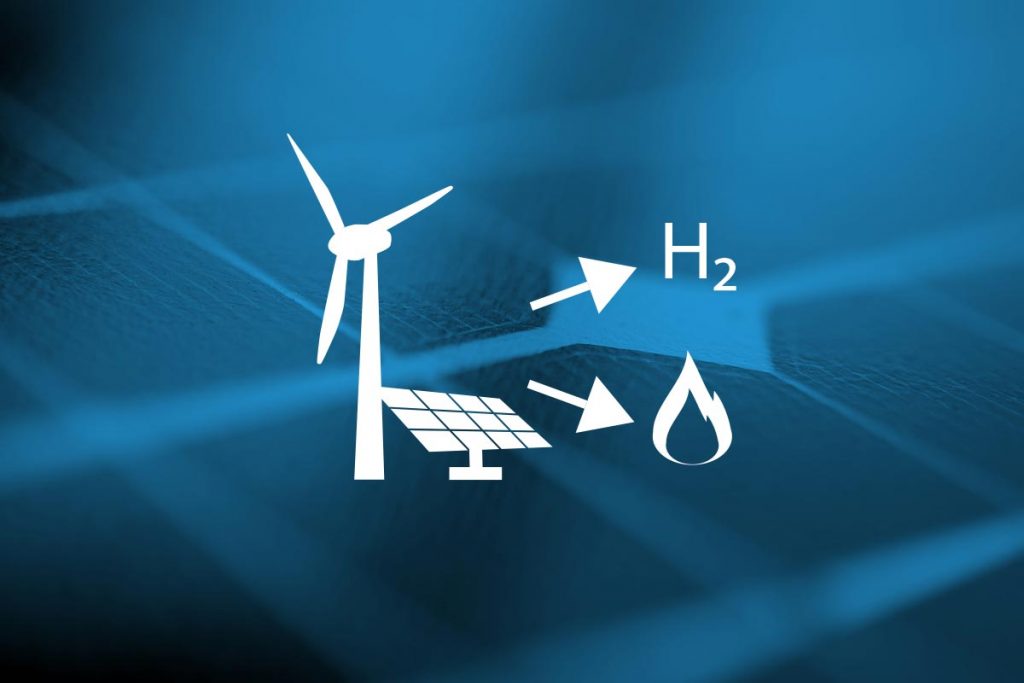
Type of training:
Next Date:
Duration:
Fee:

Type of training:
Next Date:
Duration:
Fee:

Type of training:
Next Date:
Duration:
Fee:

Type of training:
Next Date:
Duration:
Fee:

Type of training:
Next Date:
Duration:
Fee:
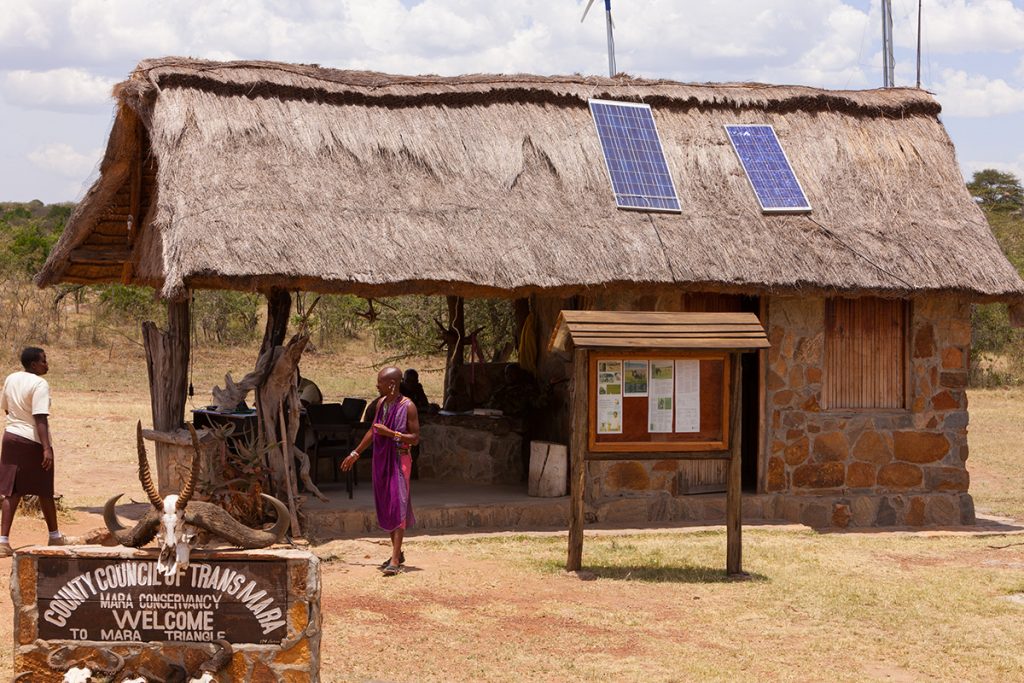
Type of training:
Next Date:
Duration:
Fee:

Type of training:
Next Date:
Duration:
Fee:
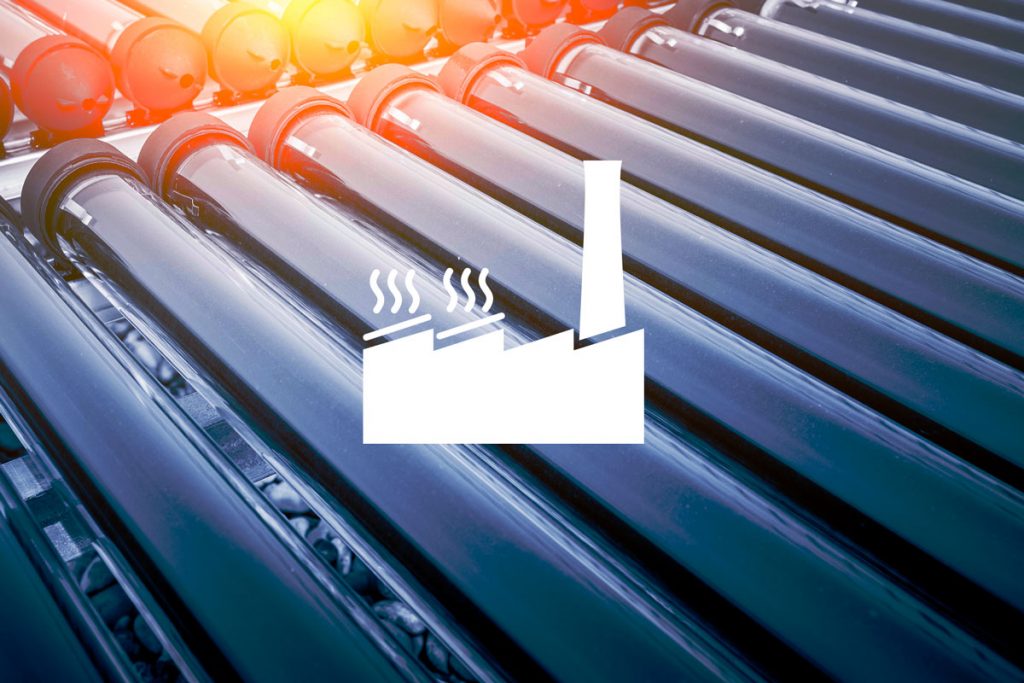
Type of training:
Next Date:
Fee:
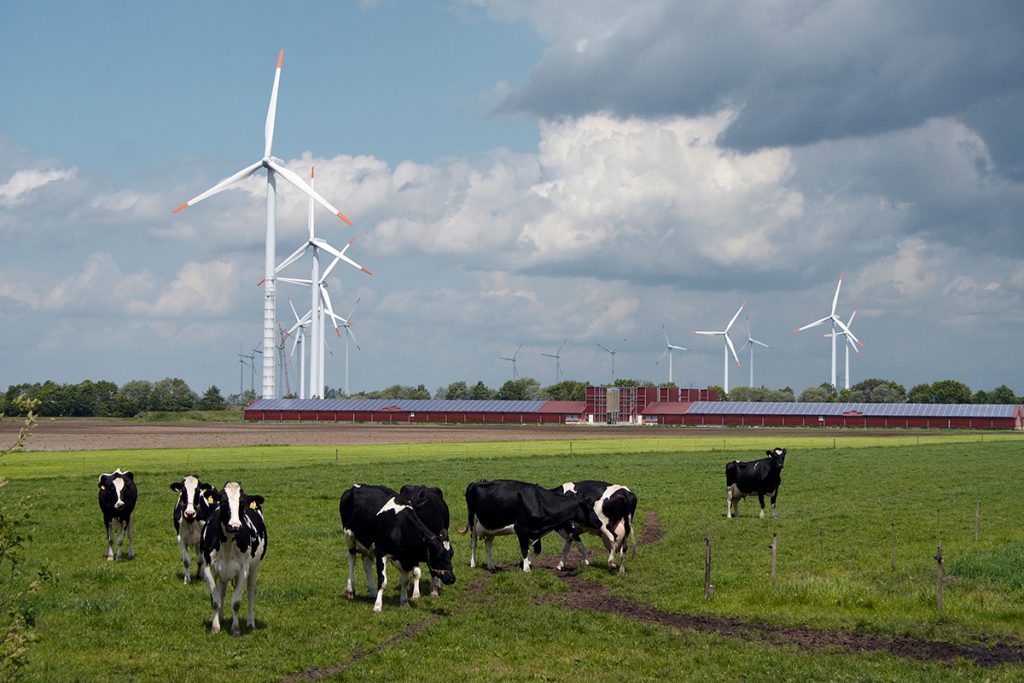
Type of training:
Next Date:
Duration:
Fee:

Type of training:
Next Date:
Duration:
Fee:

Type of training:
Next Date:
Duration:
Fee:
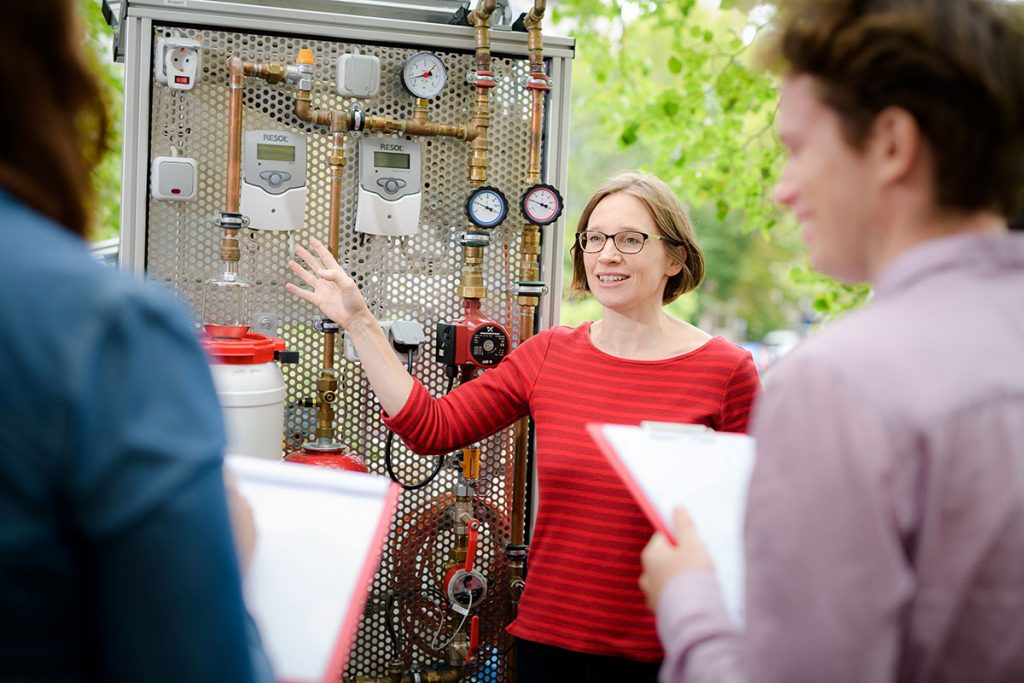
Type of training:
Next Date:
Duration:
Fee:

Type of training:
Next Date:
Duration:
Fee:
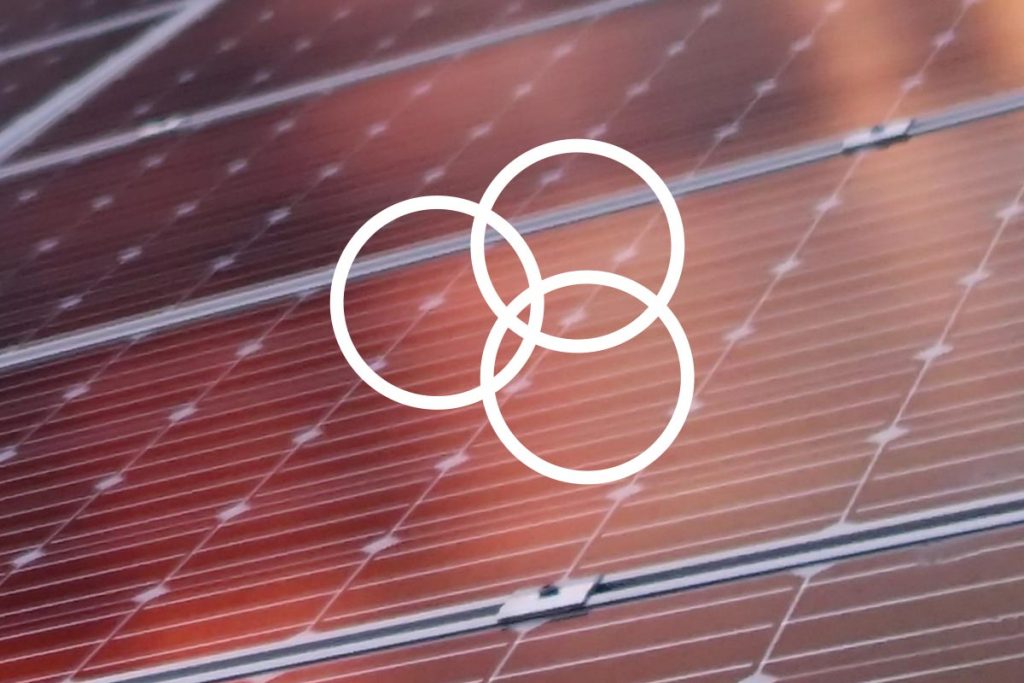
Type of training:
Next Date:
Duration:
Fee:
© 2024 | Renewables Academy (RENAC) AG
